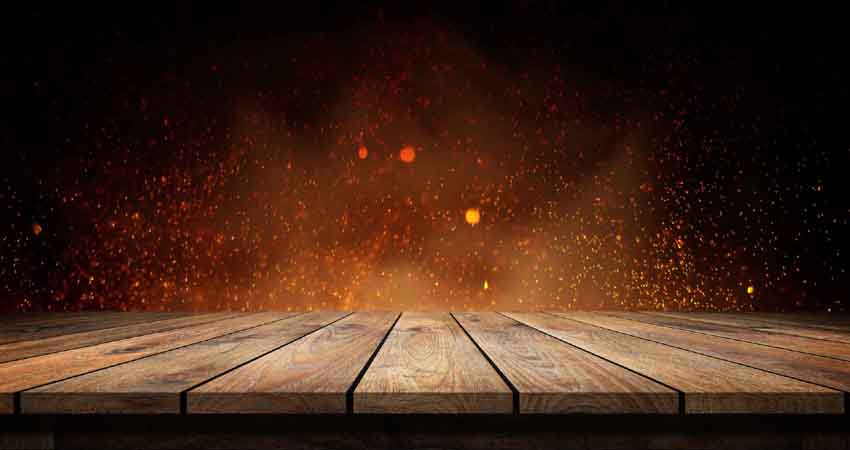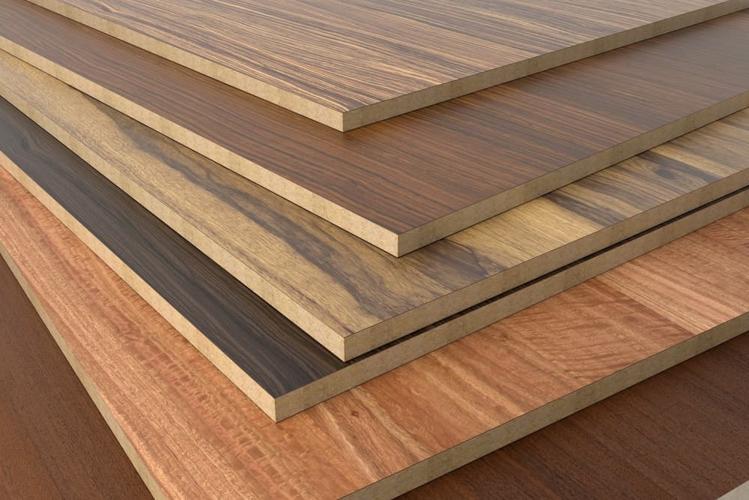Hidden Dangers of Cheap Fire-Resistant Materials: Why CenturyPly’s Firewall Technology is Worth the Investment

Safety is the first thing that people consider in today’s world, especially regarding construction materials. The rapidly growing risk of fire in homes and commercial buildings requires a selection process of fire-resistant building materials.
However, not all products labeled as “fire-resistant material” meet the necessary safety requirements. In fact, some “cheap and inferior” fire-resistant plywood products conceal inherent dangers that compromise safety when it is most needed.
Why Fire-Resistant Materials?
Fire-resistant materials known to retard the spread of flame give enough time for occupants to vacate the premises and emergency services more time to respond. Whatever their application in building homes, offices, or public places, the role of fire-resistant materials cannot be underrated when it comes to saving lives and property. Among these, fire-resistant plywood is used for interior applications such as walls, ceilings, and furniture.
Nevertheless, not all fire-resistant plywood is safe to the same extent. Less expensive alternatives may either fail to deliver in the event of rising heat or prolonged burning and lead to a disastrous outcome.
Hidden Risks of Inexpensive Fire-Resistant Plywood
1. Manufacturing Process Must Improve
Most low-cost fire-resistant plywood products are manufactured from poor materials and involve suboptimal processes. The products can only be coated superficially, perhaps with a very thin layer of fire retardant. Such a very thin layer might peel off pretty rapidly and allow the fire to advance. Poor manufacturing techniques can find gaps or weak spots in the plywood, therefore lowering the overall effectiveness.
2. Inconsistent Fire Protection
Of course, the low cost of fire-resistant plywood may come at the expense of inconsistent fire protection properties. It may easily pass a standard fire test when under strict control but fails when exposed to real-world conditions. Inconsistent quality can translate into different portions of the material acting in unpredictable ways to fire, thus increasing the rate of fire spread.
3. Toxic Emissions
One of the major negative consequences of more affordable fire-resistant products is the production of dangerous gases. Extremely hot, low-quality fire-resistant plywood products tend to produce lethal gas emissions; for example, formaldehyde, which can pose deadly dangers to humans. Its fumes can cause respiratory problems, dizziness, and, in extreme cases, fatalities.
4. False Sense of Security
The use of cheaper fire-resistant materials can readily give the residents and builders a false sense of security. If one product is marketed as fire-resistant but does not carry out its functions according to expectations, then the risk of complacency increases which may cause severe damage in the long run. False confidence is dangerous when these fires break out, which is quite life-threatening.
Firewall Technology: A Safer Option
CenturyPly’s Firewall technology meets the significant need for appropriate fire protection. Contrary to most inexpensive variants, the Firewall technology incorporates fire retardant chemicals within the manufacturing process so that the inherent fire-resisting properties are imparted onto the plywood rather than the surface applied. This results in a stronger and more homogeneous product with resistance to high temperature and long-duration fire exposure.
Conclusion: Invest in Your Safety with Firewall Plywood
In the long run, the investment will yield good savings in terms of money saved because high-quality fire-resistant materials like CenturyPly’s Firewall plywood are used. Compared to cheaper alternatives, it might seem like a good budget-friendly option, but they compromise safety, strength, and performance too. CenturyPly’s Firewall technology provides you with certified, durable, and non-toxic fire-resistant plywood that provokes a better fire protection system as well as peace of mind.

 English
English 



